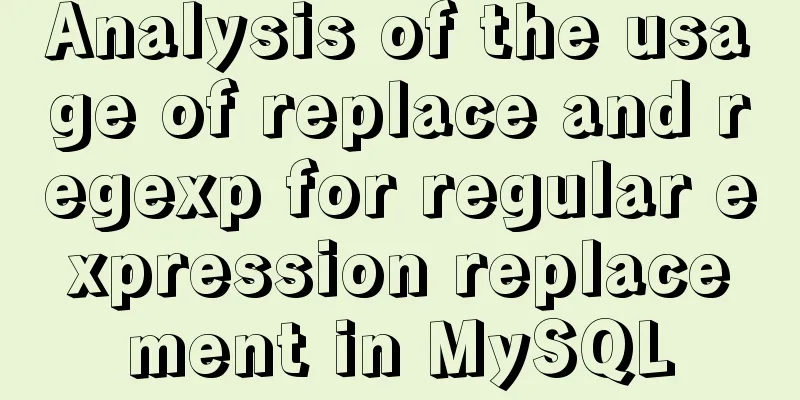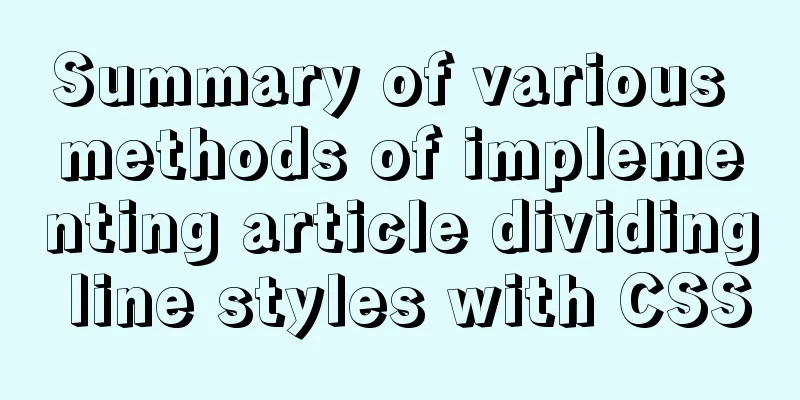Object.entries usage you don't know in JavaScript

PrefaceUsually we often use static methods on the Object class, such as Object.keys, Object.values, Object.assign, etc., but we may rarely use the Object.entries method. This article will explain two tips for the Object.entries method. effect The Object.entries() method returns an array of key-value pairs of the enumerable properties of a given object, in the same order as they would be returned by a for…in loop (the difference is that a for-in loop also enumerates properties in the prototype chain). Example
const obj = { foo: 'bar', baz: 42 };
console.log(Object.entries(obj)); // [ ['foo', 'bar'], ['baz', 42] ]
// array like object
const obj = { 0: 'a', 1: 'b', 2: 'c' };
console.log(Object.entries(obj)); // [ ['0', 'a'], ['1', 'b'], ['2', 'c'] ]
// array like object with random key ordering
const anObj = { 100: 'a', 2: 'b', 7: 'c' };
console.log(Object.entries(anObj)); // [ ['2', 'b'], ['7', 'c'], ['100', 'a'] ]
// getFoo is a property which isn't enumerable
const myObj = Object.create({}, { getFoo: { value() { return this.foo; } } });
myObj.foo = 'bar';
console.log(Object.entries(myObj)); // [ ['foo', 'bar'] ]
// non-object argument will be coerced to an object
console.log(Object.entries('foo')); // [ ['0', 'f'], ['1', 'o'], ['2', 'o'] ]
// iterate through key-value gracefully
const obj = { a: 5, b: 7, c: 9 };
for (const [key, value] of Object.entries(obj)) {
console.log(`${key} ${value}`); // "a 5", "b 7", "c 9"
}
// Or, using array extras
Object.entries(obj).forEach(([key, value]) => {
console.log(`${key} ${value}`); // "a 5", "b 7", "c 9"
1. Use for...of to iterate over common objectsMany beginners of front-end may have written the following code:
let obj = {
a: 1,
b: 2
}
for (let value of obj) {
// ...
}
But when I run it, I find that, oh, an error is reported:
Therefore, traversing ordinary objects becomes a uniform for...in traversal. However, because for...in not only traverses the object's own properties, but also traverses the object's prototype, we also need to add a filter when using it, for example:
for (let key in obj) {
if (Object.prototype.hasOwnProperty.call(obj, key)) {
// ...
}
}
You can see that this is not very elegant. The reason why ordinary objects cannot be traversed using for...of is that ordinary objects do not implement the iterator interface (I will write a special article about JS iterators). JS arrays implement the iterator interface, so the key-value array obtained through Object.entries can be traversed using for...of:
for (let [key, value] of Object.entries(obj)) {
// ...
}
Object.entries returns an array of key-value pairs of the object's own enumerable properties, excluding properties on the prototype. 2. Conversion between ordinary objects and Map objectsI saw that the project converted ordinary objects into Map objects and still used for...in traversal:
let obj = {
a: 1,
b: 2
}
let map = new Map();
for (let key in obj) {
if (Object.prototype.hasOwnProperty.call(obj, key)) {
map.set(key, obj[key]);
}
}
In fact, the Map constructor can accept an array of key-value pairs for initialization, which means that you can use Object.entries to convert ordinary objects into Map objects: let map = new Map(Object.entries(obj)); So how do you convert a Map object back into a normal object? Still using traversal? No, you can use the Object.fromEntries static method to convert: let obj = Object.fromEntries(map); At this point, many friends may still not understand the conversion relationship between ordinary objects, key-value pair arrays, and Map objects. I will summarize it with a picture:
SummarizeThis is the end of this article about the Object.entries usage in JavaScript that you don’t know. For more relevant js Object.entries usage content, please search 123WORDPRESS.COM’s previous articles or continue to browse the following related articles. I hope everyone will support 123WORDPRESS.COM in the future! refer to
You may also be interested in:
|
<<: The solution of html2canvas that pictures cannot be captured normally
>>: Solve the problem of starting two ports that occupy different ports when docker run
Recommend
In-depth explanation of the locking mechanism in MySQL InnoDB
Written in front A database is essentially a shar...
WeChat applet implements calculator function
WeChat Mini Programs are becoming more and more p...
Detailed explanation of the front-end framework for low-threshold development of iOS, Android, and mini-program applications
Nowadays, cross-platform development technology i...
The ultimate solution for playing background music in Firefox browser (Chrome multi-browser compatible)
The recommended code for playing background music ...
Detailed explanation of persistent storage of redis under docker
In this chapter, we will start to operate redis i...
CSS beginner tutorial: background image fills the entire screen
If you want the entire interface to have a backgr...
How to write elegant JS code
Table of contents variable Use meaningful and pro...
How to configure Nginx to split traffic based on the last segment of the request IP
It is mainly the configuration jump of the if jud...
HTML+CSS+JavaScript to achieve list loop scrolling example code
Description: Set a timer to replace the content of...
Element-ui's built-in two remote search (fuzzy query) usage explanation
Problem Description There is a type of query call...
Solve the problem of docker container exiting immediately after starting
Recently I was looking at how Docker allows conta...
Detailed explanation of InnoDB architecture and features (summary of InnoDB storage engine reading notes)
Background Threads •Master Thread The core backgr...
MySQL partition table is classified by month
Table of contents Create a table View the databas...
Pitfalls and solutions encountered in MySQL timestamp comparison query
Table of contents Pitfalls encountered in timesta...
What is BFC? How to clear floats using CSS pseudo elements
BFC Concept: The block formatting context is an i...









